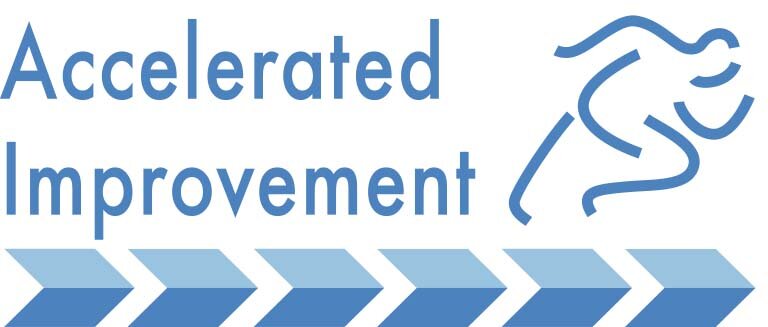Glynis Caufield
Glynis' "Predict and Prevent" approach helps organisations rapidly improve by demystifying the complexity of service operations.
THE APPROACH INVOLVES:
Rapid transfer of capability to employees to create client independence from external consultants
Ensuring rigorous diagnosis, jointly conducted with internal teams, to ensure that improvement effort is focussed on the areas that add the most value - and to avoid random improvement giving the impression of progress with no impact on the bottom line.
Surfacing defects often invisible to senior management and to standard accounting processes
Identifying "failure demand" (Seddon) i.e. demand created by the unnecessary processing of work caused by predictable (but usually not predicted) process failure.
Enabling employees to understand, through transactional mapping, where defects first occur, how they are unwittingly added to and passed on, and finally to understand that the impact of the defects is generally felt far from where they first occurred, and the level of rework involved to keep things on track.
Identifying and removing the rework releases capacity and makes the employees more productive and satisfied in their work whilst removing cost and increasing customer satisfaction.
Glynis' mapping methodology, initially developed as part of her Lean Operations MSc dissertation:
Creates transparency across the business removing functional barriers
Identifies the interfaces within the business which cause the process to break down
EXAMPLES INCLUDE:
Optimising the complex interfaces between 3 independent large organisations (DHL, Unipart and Network Rail) covering the outsourced procurement of railway maintenance materials involving 3,500 SKUs and a spend of £60m.
Ensuring new business contracts were implemented right first time using Design for Six Sigma.

